
by DAVID FLINT – THE ailing politicians’ republic has finally given up the ghost. Australia’s future now seems assured as a crowned republic with an Australian as Head of State.
Curiously, it was the Australian Republican Movement’s (ARM) very own silver bullet that made the politicians’ republic unachievable.
- Wanting to end reserve powers, Labor decided the answer was not a republic – we already had that – it was a politicians’ republic.
- This would see the removal of significant checks and balances on their activities.
- Agitation for change is “unnecessary, irrelevant, divisive and distracting”.
In saying he didn’t want to “rush” a republic referendum, regular royal oath swearer, Prime Minister Anthony Albanese, seems to be backing away from a second referendum.
So, what is the ARM? Is Australia already a republic with an Australian as Head of State? And what was the silver bullet that made the politicians’ republic unachievable?
LIFE-LONG
While all of Labor’s truly great leaders were constitutional monarchists, today’s leaders usually claim they are “life-long republicans”. Perhaps that’s because they tend to be life-long politicians without any significant prior real job.
In any event, the 1975 Dismissal increased so-called republicanism in the Labor Party. But it is not republicanism, it is anti-constitutionalism.
The honest will admit that Sir John Kerr was right.
As opposition leader, Gough Whitlam had Lionel Murphy table in the Senate a list of 169 occasions when Labor took exactly the same position as Sir John did on what a PM must do when unable to deliver supply. He must either advise an election or resign.
Otherwise, the governor-general will have to act under the reserve powers. Wanting to stop resort to the reserve powers, Labor decided the answer was not a republic – we already had that – it was a politicians’ republic, one removing significant checks and balances on politicians.
Formed following Labor’s 1991 adoption of republicanism in its platform, the ARM effectively became Labor’s republican arm (pun intended).
This can be seen from the way ARM policy is incorporated into Labor’s platform through the Labor For an Australian Republic (LFAR) ginger group.
The ARM today has even put pushing for a republican referendum on hold while they join Labor in pushing the Voice referendum.
As to Australia already being a republic, Sir Thomas Smith, Queen Elizabeth I’s secretary of state described England as a republic in his 1583 book, De Republica Anglorum; the Manner of Government or Policie of the Realme of England.
The fact that the principal officer in a State is normally filled on the hereditary principle is no barrier to it being described as a republic.
A hereditary office can be found even in a State specifically named as a republic.
This was the case with William of Orange, hereditary stadtholder of Holland in the Dutch Republic. He was invited to reign with his wife, Mary, as King and Queen of England in 1688.
RELEVANCE
It is surely of particular relevance that our first constitutional monarch came from a crowned republic.
As Professor Brian Galligan observes in A Federal Republic (1995), 18th-century republican theorists did not see constitutional monarchy as incompatible with genuine republicanism.
Indeed, Montesquieu declared England to be a disguised republic and one of the freest countries in the world, her constitution an ideal model for republican government.
He identified there an important check and balance against the abuse of power, the then-unusual separation of the judicial power from the legislative and executive powers achieved under the 1688 Glorious Revolution.
Similar views were expressed in nineteenth century Australia with Sir Henry Parkes writing , “Every constitution is in reality a republic. There is just as much a republic in England as there is in the United States, the only difference being, that in the one case the word is not used, and in the other it is”.
Cardinal Moran, leader of Australia’s Catholics during the final phase of the 19th-century federation movement, described our pre-federation constitutional system as the “most perfect form of republican government”.
This thinking was followed in the overwhelming decision of our Founders, and the approval of the people, that Australia should be described as a “Federal Commonwealth under the Crown”, that is, a crowned republic.
As the eminent judge, Michael Kirby, wrote in the 1993 Australians for Constitutional Monarchy (ACM) charter, “Some of us believe that Australia is already a form of republic under the Crown: a crowned republic” with the nation enjoying all the “desirable features of a republican government and a constitutional monarchy without any disadvantages”. Agitation for change, he wrote, is “unnecessary, irrelevant, divisive and distracting”.
As to having an Australian as Head of State, this is a diplomatic, not a constitutional law term.
CANCELLED
Since 1926, governors-general have been accorded this status. In 1987, governor-general Sir Ninian Stephen, acting on the advice of the Hawke government, cancelled arrangements to visit Indonesia because he was not to be received as Head of State.
The Indonesian government subsequently apologised. Every Australian government, Coalition or Labor, holds out the governor-general as Head of State.
As to the silver bullet that finally killed off the politicians’ republic, in the early 1990s ARM had increasing difficulties in explaining why Australia should become a republic.
When ridicule greeted Al Grassby’s blaming the Crown for unemployment and claiming a republic would cure it, republicans realised they needed a new argument. This was found in co-opting the term “Head of State”.
But it wasn’t enough against ACM’s nationwide No campaign which relied on expert opinion.
Finally, I encountered a last-ditch silver bullet from the ARM delivered by former NSW premier Neville Wran: A No Vote is a Yes Vote for King Charles and Queen Camilla.
Handbills with caricatures and no authorisation appeared. They had no effect. Relied on ever since as a silver bullet, the new reign has not unleashed the slightest serious indication that this could deliver victory.
By the Coronation, the politicians’ republic was finally shown to be unachievable.PC


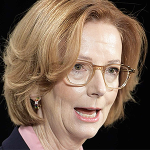

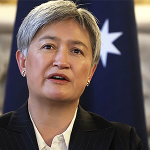
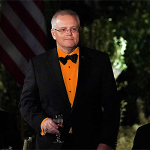


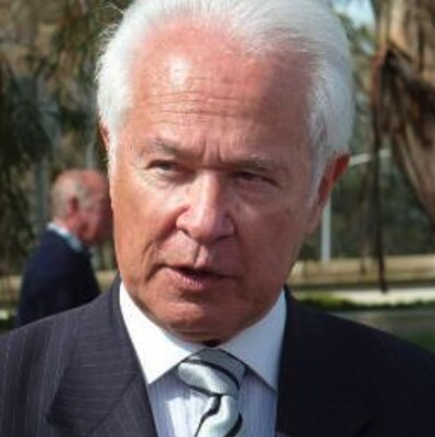


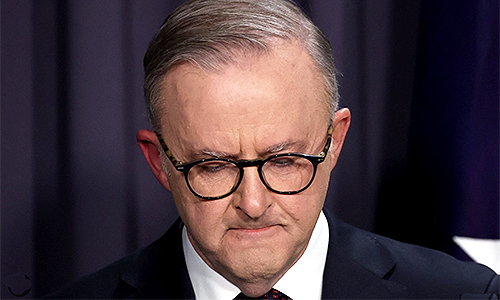

Although I could never accept the term ‘crowned republic’ in exchange for the correct nomenclature ‘constitutional monarchy’, I do agree with the thrust of this article. The monarchy has been at the base of Australia’s development ever since the late eighteenth century and has thus ensured a stable democracy with needed checks and balances set into its Constitution and resultant governance framework. Change this arrangement and we have lost everything we have gained with the only winners being politicians who as a group are probably the most societally divisive we could imagine. Leave all alone and immediately bring back the symbols of our governance starting with the King’s image on the $5 note.
Immigration to Australia is sought after, genuine refugees seek resettlement here, economic refugees become asylum seekers, our system of stable democratic government is what interests them and the land of opportunity that is Commonwealth of Australia.
Constitutional Monarchy.
The system is not broken.